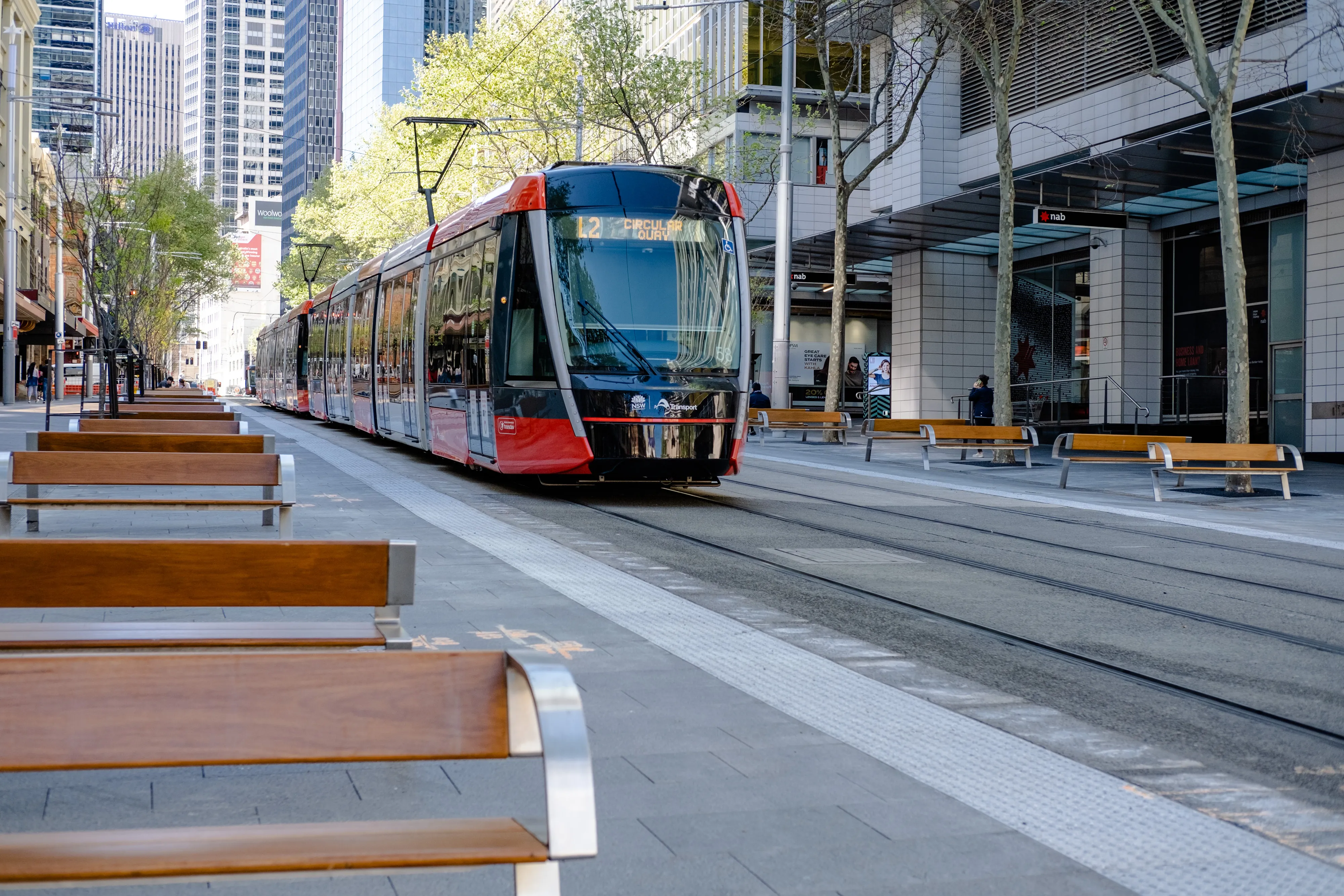
The Australian city of Sydney has unveiled the first section of pedestrian boulevard on George Street, which creates wider footpaths as part of a $43.5 million project.
The new pedestrian zone on George Street between Bathurst and Goulburn Street will create 9,000m2 of car-free space to allow for physical distancing and more outdoor dining.
The project will also include simpler intersections to reduce travel times as well as new street trees, seating and lighting.
Lord Mayor Clover Moore says the Covid-19 pandemic had shown the importance of public spaces and the need to prioritise space for people.
“When we cautiously return to the city while seeking to maintain physical distancing, wider footpaths and more space for pedestrians are critical,” Moore says.
“Creating this space opens new opportunities for businesses, and, crucially, provides places for people to gather and get around safely.
Moore points out that areas around areas around Haymarket, The Rocks and the city centre were significantly affected by the loss of workers, tourists and international students.
“We need to rebuild confidence and promote the return of activity in the city,” Moore continues.
“To do that, we need to prioritise access for people to move around safely so we can remain vigilant and reduce the risk of virus outbreaks.”
Construction works will be completed in stages to minimise disruption to the community. Localised works at the intersections north of Goulburn Street and major works south of Goulburn Street to Rawson Place are underway and should be completed early next year.
The Australian city is not alone in its effort in creating car-free spaces. In June, Westminster City Council unveiled plans to transform London's Oxford Circus high street into two, pedestrian-friendly piazzas.










